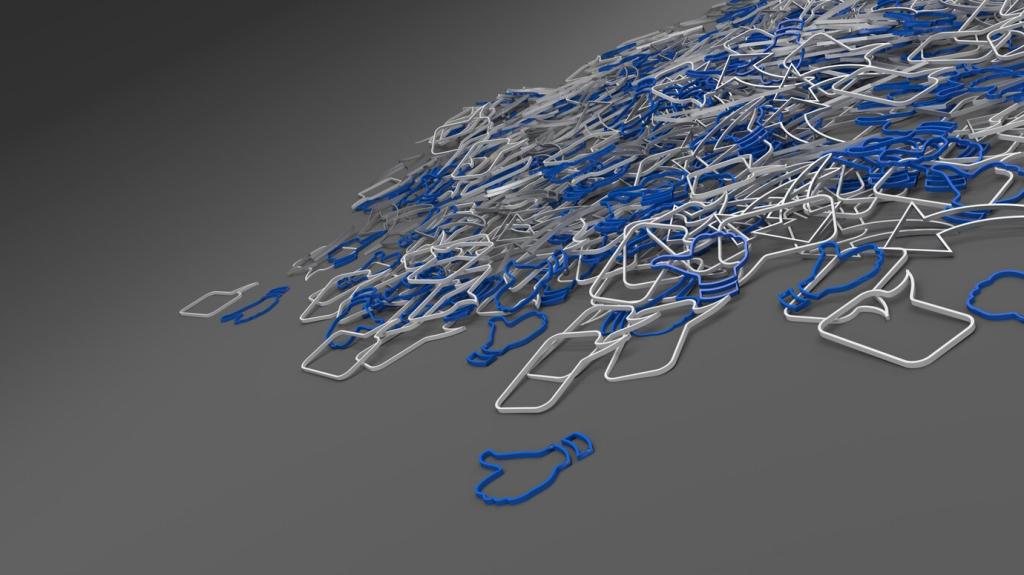Feature Engineering: Illuminating Cost Drivers
Utilities, staffing, and marketing often follow cycles. Encoding seasonality, fiscal quarters, and event calendars lets models anticipate recurring peaks. What recurring pattern impacts your budget most—holidays, product launches, or grant timelines? Join the discussion below.
Feature Engineering: Illuminating Cost Drivers
Costs rarely occur instantly. Create lagged features for purchase orders, approvals, and delivery windows. These capture practical delays that compound across processes, sharpening cash flow forecasts. Subscribe to access our ready-made lag feature templates.





